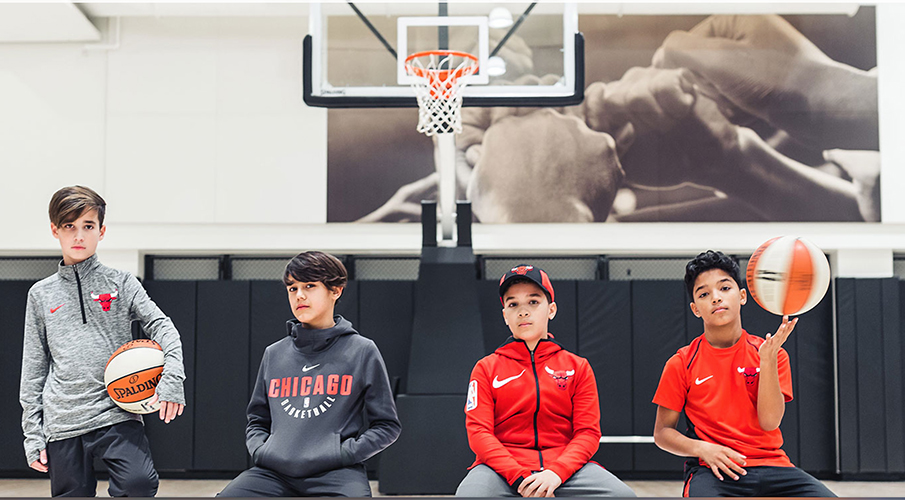Standard & Poors upgraded the debt ratings of U.S. youth licensed sports apparel maker Outerstuff LLC as the company recently reached an agreement with its lenders to extend its term loan maturity to December 2023 and paid its lenders the principal and interest it missed in March, June, and September 2020.
Outerstuff also renegotiated the terms of its licenses with most major sports leagues, significantly reducing minimum guaranteed royalties to align with current sales, which should improve profitability, S&P said.
S&P said it is raising its rating on Outerstuff to ‘CCC’, reflecting its restructured debt and licensing agreements but still high leverage and less than adequate liquidity. S&P said it expects the company will generate negative free cash flow in 2021 due to high working capital needs to replenish inventory.
At the same time, S&P said it is raising its issue-level rating on Outerstuff’s senior secured term loan to ‘CCC’. Its ‘3’ recovery rating reflects an expectation for meaningful (50 percent to 70 percent; rounded estimate: 50 percent) recovery in the event of default.
The negative outlook reflects that a potentially reduced rating on Outerstuff if S&P believes a default is inevitable within the subsequent six months, likely because of continued operating underperformance that pressures liquidity and prevents the company from investing in needed inventory while still meeting its debt service obligations.
S&P said in its analysis, “Despite profitability improvements due to renegotiated league contracts, we believe Outerstuff’s liquidity will be pressured over the next 12 months. Profitability suffered for the last few years primarily due to onerous guaranteed minimum royalty payments owed to major sports leagues. The COVID-19 pandemic led to the cancellation or postponement of all major sports league competition, significantly hurting the company’s sales volumes. It kept operations running and preserved liquidity through drastic measures including suspending royalty payments to its licensors, furloughing employees, and canceling planned inventory purchases. Due to high economic uncertainty at the onset of the pandemic, it also elected to miss an interest and principal payment and entered into forbearance with lenders on its term loan. At the end of October, the company and its lenders agreed to extend its term loan to December 2023 from July 2021 and end the forbearance period. Outerstuff also successfully renegotiated its contracts with major sports leagues, including the National Football League (NFL). We expect this will drastically improve profitability since the company renegotiated guaranteed minimum royalties to better match current sales, eliminating the shortfall hampering its profitability the past few years.
“Despite the expected improvement, we forecast Outerstuff’s leverage will still be high at about 8x in 2021 and free cash flow negative because the company will need to substantially build its inventory to recover sales. We assess Outerstuff’s liquidity as less than adequate and believe it will be challenging to invest sufficiently in inventory while meeting its debt service obligations over the next 12 months. We recognize the recent amendment allows Outerstuff to elect to capitalize and add to loan principal a portion of its interest payments. However, it may make such elections a maximum of twice through Dec. 31, 2021, and not in consecutive fiscal quarters. While this may provide some temporary relief and flexibility, we still believe it could default in the next 12 months, especially if the new controlling owner, CEO Sol Werdiger, attempts to retire outstanding debt at a significant discount to face value and reduce the company’s interest burden. Moreover, Outerstuff still faces many challenges caused by the COVID-19 pandemic, including the uncertainty of when fans can return to sporting events. Sales of sports jerseys are likely to remain depressed until then.
“Notwithstanding the near-term challenges, we believe Outerstuff has a path to generating positive free cash flow long term. Outerstuff took a number of actions to improve profitability and cash flow, including royalty renegotiations, headcount reductions, an SKU rationalization program, better technology adoption, and seeking new licensing rights. Although we believe liquidity will be pressured in 2021 due to high inventory investment needs, a return to a more normal sports environment in 2022 could allow the company to generate materially positive free cash flow and improve EBITDA interest coverage to the low-2x area. We forecast the company will improve leverage to at least the mid-7x area by 2022, a meaningful improvement compared with the negative EBITDA generated in 2019 and the flat to modestly negative EBITDA we expect in 2020.”
Photo courtesy Outerstuff














